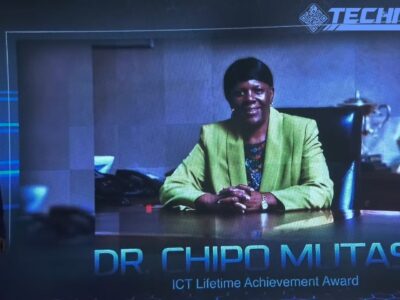The recent commissioning of the Geo Pomona waste-to-energy facility in Harare has unveiled an unprecedented opportunity to revolutionise Zimbabwe’s approach to both waste management and energy generation.
As the facility gears up to inject 22 megawatts into the national grid while processing 650 tonnes of waste daily, it has established a compelling blueprint for addressing Zimbabwe’s persistent energy deficit through innovative, environmentally-conscious solutions.
The launch ceremony, graced by President Emmerson Mnangagwa and acting Local Government minister Winston Chitando, showcased how strategic public-private partnerships can transform environmental challenges to energy opportunities, setting a precedent that demands rapid replication throughout the country’s urban and rural landscapes.
By Ropafadzo Mashawi
The transformative potential of waste-to-energy projects extends far beyond Harare’s boundaries, with major urban centres like Bulawayo, Mutare, and Gweru facing similar waste management challenges that could be converted into energy solutions through comparable initiatives. These cities, collectively processing thousands of tonnes of waste daily, could contribute substantial power to the national grid while simultaneously addressing their sanitation challenges.
During the Geo Pomona commissioning, mayor Jacob Mafume emphasised this dual benefit, stating, “This project is a major milestone in our journey to restore pride in our cities while creating sustainable energy solutions.” His words resonate with the experiences of successful waste-to-energy projects across Africa, such as Ethiopia’s Reppie facility in Addis Ababa, which processes 1 400 tonnes of waste daily while generating significant electrical power. Similarly, South Africa’s New Horizons Energy plant in Cape Town demonstrates how organic waste can be converted to compressed natural gas, providing both energy and environmental benefits.
Looking beyond African borders, Zimbabwe can draw valuable lessons from countries like Sweden, where waste-to-energy facilities process nearly 50% of household waste, contributing significantly to the national energy mix while maintaining some of the world’s highest recycling rates.
The Swedish model demonstrates how integrated waste management and energy generation can create circular economies, a concept that Zimbabwe could adapt to its unique context. As Chitando noted, “We must learn from global success stories while developing solutions tailored to our local circumstances.”
However, the energy crisis facing Zimbabwe demands a comprehensive approach that extends beyond urban centres to rural communities, where grid access remains limited and agricultural waste presents an untapped energy resource.














Comments